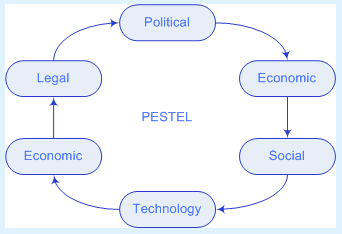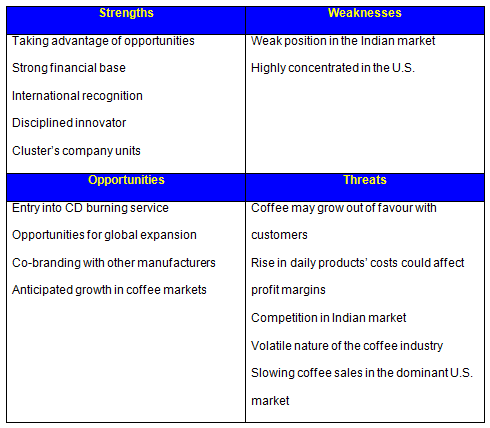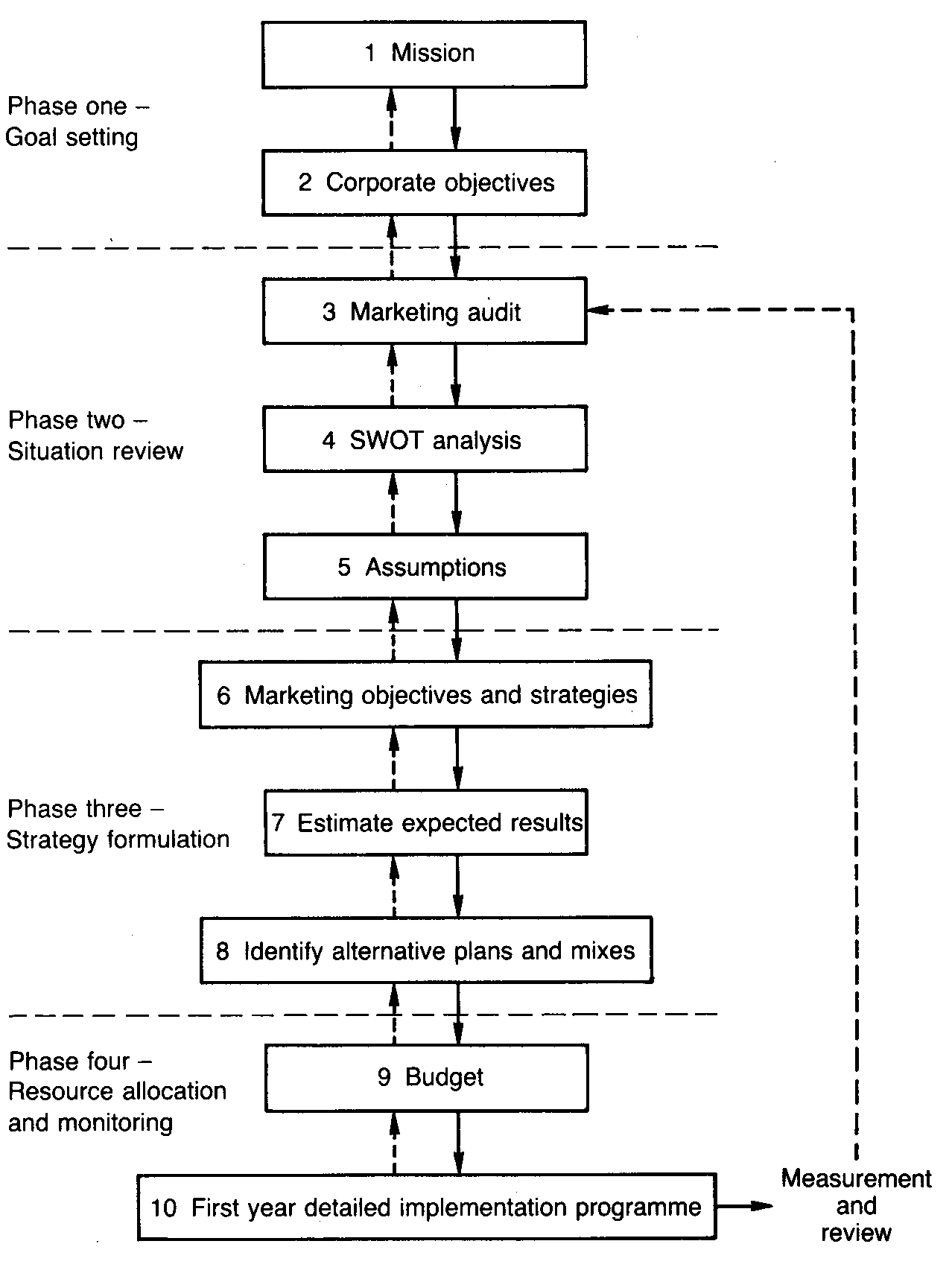Introduction
Since ages Indians have been more inclined towards tea rather than coffee. As such, marketing coffee in India can be a tough job. But owing to the marketing strategies of companies like Starbucks, a trend of coffee drinking has started picking up, especially among the younger generation.
It should be understood that the market trends differ from country to country. The existing managerial literature proves that the marketing strategies available for internalization are not basically the same across cultures (Cayla & Arnould, 2008; Mitra & Golder, 2002).

This report analyzes and justifies a marketing plan for the introduction of Starbucks VIA instant coffee into the Indian market. Appendix 1 demonstrates the graphical representation of the marketing plan.
VIA instant coffee is a venture that has been over two decades in the making for Starbucks as the corporation readied itself to have a commanding market share in the $21 billion instant coffee market (Business Pundit, n.d.).
The major reason behind Starbucks decision to introduce the product is to capture the immense consumer market available in India as the country is home to at least 1.03 billion people and is the second most populated country in the world after China (Johnson & Tellis, 2008).
In this report, we shall analyse the performance of Starbucks using SWOT and PESTEL analysing methods.
Company Overview, Mission & Objective
Starbuck’s principal mission is “…to inspire and nurture the human spirit – one person, one cup and one neighbourhood at a time” (Starbucks Company Profile, 2011 para. 4).
Market Analysis/Audit
External Audit
This kind of audit is done on variables that the organization cannot control. One of the most commonly used tool for analysing the market of any product is PESTEL. It means the Political, Economical, Social, Technological, Environmental and Legal aspects that may affect any business.

Figure 1: PESTEL Analysis
Economic
India is currently the fifth largest economy in purchasing power parity, not mentioning its growing middle class and youth with more disposable income (Johnson & Tellis, 2008).
Political
India is a huge democratic country and the government is engaged in the welfare of its citizens through various economic policies. The infrastructure system of India is becoming better day by day.
Technological
India is a fast developing country and as such, the modern technological inventions are being adopted in all spheres of life.
Social-cultural
Starbucks may experience uncertainty avoidance from local consumers due to the predominantly Indian tea-drinking culture. The company may also face a cultural distance between its own marketing strategies and those of its partners in joint ventures (Heerden & Barter, 2008). Mistakes arising from misunderstandings of Starbucks brand names in the speciality coffee industry may also arise.
The enormous diversity of India, which is typified by inconsistent policies and social-economic inequalities, may also serve as a hindrance (Johnson & Tellis, 2008). As groundwork for foundation, Starbucks has been engaged in some social activities in India.
According to Sandra Taylor, Senior Vice President of Starbucks’ Corporate Social Responsibility observed, “We have one effort with our Tazo division and with Mercy Corps, where we are supporting projects in 24 villages in Darjeeling, India, a tea-farming area. One project is to improve water and sanitation.” (As cited by Michelli 2006, p165).
Legal
India has stringent policies regarding foreign-owned businesses.
Environmental
There are many social groups in India that are engaged in the preservation of the environment against pollution. These groups stage protests against companies that are responsible for any kind of pollution. If Starbucks has to face such protests, it will tarnish the company image. But since Starbucks follows the ‘Fair Trade Movement’ policy, it doesn’t have to worry.
Market trends: According to BusinessWire (2011), “…the market for coffee in India has been growing steadily as consumers are becoming more acceptable towards international and premium brands” (para. 4).
Internal Audit
This type is done on variables than can be controlled by the organization
Current Market Position
Starbucks is the unparalleled market leader in the coffeehouse business, operating more than 17,000 retail outlets in over 55 countries around the world (Starbucks Company Profile, 2011).
Target Market
Traditional target market for Starbucks includes the “affluent, well-educated, white collar customers” between the ages of 25 and 44. As the company expand internationally, an emergent target market consists of the “younger, less well-educated customers in a lower income bracket” (Moon & Quelch, 2003).
Profit Margins
The company posted a 28% increase in fourth quarter profit of the 2011 fiscal year on sustained strong sales at existing retail outlets. For the quarter, “…Starbucks earned $385 million, or 47 cents a share, up from $278.9 million, or 37 cents a share, in the same 2010 period” (Andrejczak, 2011 para. 1).
SWOT Analysis

Strengths Analysis
Taking advantage of opportunities
Starbucks VIA instant coffee provides a good opportunity for entering the rapidly growing instant coffee category that other multinational coffee houses cannot match, not mentioning that the company has a good retail opportunity due to its foodservice and product line-up (Thompson & Arsel, 2004).
Strong financial base
Starbucks is a very profitable enterprise reinforced by a strong financial base, thus allowing the entity to expand globally through undertaking new business ventures.
International recognition
Starbucks brands in the speciality coffee industry has won international recognition. The company continues to maintain a global presence. Its extensive brand recognition has turned into brand preference and eventually into brand loyalty, assisting the company to maintain a strong customer base (Johnson & Tellis, 2008).
Weaknesses Analysis
Weak position in the Indian market
The company is yet to make inroads into the Indian tea-drinking culture and it is expected that it may meet challenges trying to establish itself (Johnson & Tellis, 2008).
High concentrations in the United States
This implies that the company may suffer great financial losses if the U.S. retail stores underperform because of harsh economic conditions or intense competition.
Opportunities Analysis
Opportunities for Global Expansion
Starbucks can expand its revenue base by expanding its global operations in countries with rapid economic growth such as India and China (Johnson & Tellis, 2008).
Co-branding
Starbucks can enter into brand-franchising agreements with other partners in emerging markets to boost its sales, reputation and competitiveness (Johnson & Tellis, 2008).
Threats Analysis
Highly competitive market
The main competitors of Starbucks in India are Cafe Coffee Day and Barista.
Socio-political Groups
There are certain social and political groups that are opposed to foreign products. Even though the number of such groups is limited, they can create unnecessary nuisance.
Assumptions
Assumptions are critical in any marketing plan as they function to standardize the planning environment (McDonald & Keegan, 2002). This plan assumes that: VIA instant coffee will achieve a market segment of 10 percent before December 2012 as Starbucks engage more partners and franchises in the Indian market. Price competition for the instant coffee market in India will force price levels down by 15% across the board
Marketing Objectives & Strategies
Marketing Objectives
Creating a Starbucks experience that makes customers in India to visit established outlets for the coffee, stay for the striking environment, and return for the connection
To build an image and reputation separate from competitors aimed at creating brand loyalty
Marketing Strategies
Starbuck’s market strategy revolves around “…a deal to buy coffee beans from Tata Coffee, an Indian Company, and work with that firm’s affiliates to open stores in hotels and inside other retail stores” (Bajaj, 2011 para. 2).
Segmentation & Positioning: Venkatesh (2011) notes that “…market segmentation is a strategy in which a large heterogeneous market is broken down into small homogenous segments and a separate marketing program is developed for each segment” (p. 15). The market segment selected for VIA instant coffee is the high-end consumer segment and the strategy used will be price discrimination.
Estimation of Expected Results
It is expected that the introduction of VIA instant coffee into the Indian market will assist Starbucks to rapidly expand its retail operations and increase growth in its speciality sales and other operations. It is also expected that customers will achieve higher satisfaction levels
Identification of Alternative Plans and Mixes
Alternative Plan
Based on initial sales of VIA instant coffee, the company may decide to introduce a new instant coffee product to target the middle class. Sheth (2011) observes that “the new middle class, especially in large population markets in China and India, is creating large-scale first-time buyers of everything” (p. 167).
Marketing Mix for VIA Instant Coffee
Product
The product – VIA instant coffee – falls under the category of convenience products since it can be purchased from selected retail outlets and supermarkets. It lacks the signature bitterness and darker-roast temperament of brewed Starbucks coffee, thus is seen as an excellent choice to compete in traditional tea-drinking cultures such as India (Business Pundit, n.d.).
Price
VIA instant coffee will be marketed to the higher-end consumer bracket, thus will retail at a premium price. The company wishes to use the high price tag to demonstrate the high value of the product and its commitment to adequately satisfy customer needs and demands. Chan et al (2010) are of the opinion that an effective price discrimination strategy communicates the unique value of a particular product to the customers.
Place
The place where a product first premiered and the distribution networks that exist to ensure the product is adequately restocked are critical success factors for any internalization exercise (Chandrasekaran & Tellis, 2008; Douglas & Craig, 2011). VIA instant coffee is set to premier in the cities of Mumbai and New Delhi due to their affluent upper class and high population rates.
Promotion
Promotional activities are critical in exposing the product to the local audience and in targeting marketing communications with the view to elicit positive responses from the targeted audience (Narayan & Manchanda, 2009). Starbucks promotional activities revolve around the word of mouth.
Budget
Marketing and other related activities are costly and, as such, organizations intending to launch new products into global markets must prepare adequately if they are to succeed in their endeavours. Starbucks financial objective obligates management to use the lower store-opening costs model (of up to $ 315,000 per store) when expanding to ensure that expenditures do not exceed returns (Moon & Quelch, 2003; Keller, 2011).
First Year Implementation Programme
Starbucks will embark on partnering with local enterprises that share in the values and commitments of the company. The product will be initially introduced into two of such partnerships in Mumbai and New Delhi to evaluate uptake before comprehensive roll-out strategy into other major cities across India is kicked off in Mid March 2012.
Although TV commercials will be aired in mainstream channels to introduce the new product, the main promotional strategy will be through word of mouth. A Market research survey will be done in September 2012 to assess customer attitudes and market share.
Conclusion
Studies demonstrate that most organizations target to enter international markets not only to exploit their existing competitive advantages (Tsai & Eisingerich, 2010; Mayrhofer, 2004), but also to sustain and develop their strategic positioning (Couturier & Sola, 2010; Gregory, 2002).
Other factors, such as profits and growth targets, international market opportunities, economies of scale, intense competition in traditional markets, saturated existing market and proximity to global consumers, may also account (Hollensen, 2010). With the introduction of VIA instant coffee into the mainstream Indian market, Starbucks will not only be aiming to enhance its competitiveness but also its strategic positioning.
List of References
Andrejczak, M., (2011). Starbucks Profit up 28%, Hikes Divided. MarketWatch. Web.
Bajaj, V., (2011). A Starbucks Venture in Tea-Drinking India. The New York Times. Web.
Business Wire, (2011). Research and Markets: Coffee Market in India 2011. Web.
Cayla, J., & Arnould, E. J., (2008). A Cultural Approach to Branding in the Global Marketplace. Journal of International Marketing, 16 (4), pp. 86-112.
Chan, K. W., Yim, C. K., & Lam, Simon S. K., (2010). Is Customer Participation in Value Creation a Double-Edged Sword? Evidence from Professional Financial Services across Cultures. Journal of Marketing, 74 (3), pp. 48-64.
Chandrasekaran, D., & Tellis, G. J., (2008). Global Takeoff of New Product: Culture, Wealth, or Vanishing Difference? Marketing Science, 27 (5), pp. 844-860.
Couturier, J., & Sola, D., (2010). International Market Entry Decisions: The role of Local Market Factors. Journal of General Management, 35 (4), pp. 45-63.
Douglas, S. P., & Craig, C. S., (2011). Convergence and Divergence: Developing a Semiglobal Marketing Strategy. Journal of Marketing, 19 (1), pp. 82-101.
Gregory, J. R., 2002, Branding across Cultures, Prentice Hall, London.
Hollensen, S., (2010). Global Marketing: A Decision-Oriented Approach. 5 ed. London: Pearson Education.
Johnson, J., & Tellis, G. J., (2008). Drivers of Success for Market Entry into China and India. Journal of Marketing, 72 (3), pp. 1-13.
Keller, K. L., (2011). How to Navigate the Future of Brand Management. Marketing Management, 20 (2), pp. 36-43.
Mayrhofer, U., (2004). International Market Entry: Does the Home Country Affect Entry-Mode Decisions? Journal of International Marketing, 12 (4), pp. 71-96.
McDonald, M., & Keegan, W. J., (2002). Marketing Plans that Work. 2nd ed. Woburn, MA: Butterworth-Heinemann.
Michelli, J., 2006. Starbucks Experience, Tata McGraw-Hill Education, New Delhi.
Mitra, D., & Golder, P. N., (2002). Whose Culture Matters? Near-Market Knowledge and its Impact on Foreign Market Entry Timing. Journal of Marketing Research, 39 (3), pp. 350-365.
Moon, Y., & Quelch, J., (2003). Starbucks: Delivering Customer Service. Harvard Business School.
Narayan, S., & Manchanda, P., (2009). Heterogenous Learning and the Targeting of Marketing Communication for New Products. Marketing Science, 28 (3), pp. 424-441.
Sheth, J. N., (2011). Impact of Emerging Markets on Marketing: Rethinking Existing Perspectives and Practices. Journal of Marketing, 75 (4), pp. 166-182.
Starbucks Company Profile, (2011). Web.
Thompson, C. J., & Arsel, Z., (2004). The Starbucks Brandscape and Consumers’ (Anticorporate) Experiences of Glocalization. Journal of Consumer Research, 33 (3), 631-642.
Tsai, H. T., & Eisingerich, A. B., (2010). Internalization Strategies of Emerging Markets Firms. California Management Review, 53 (1), pp. 114-135.
Venkatesh, R., (2011). New Parameters in Market Segmentation – Ethnic Marketing is the Key. Advances in Management, 4 (11), pp. 15-19.
Appendix

Figure 1: Marketing Plan (McDonald & Keegan, 2002)